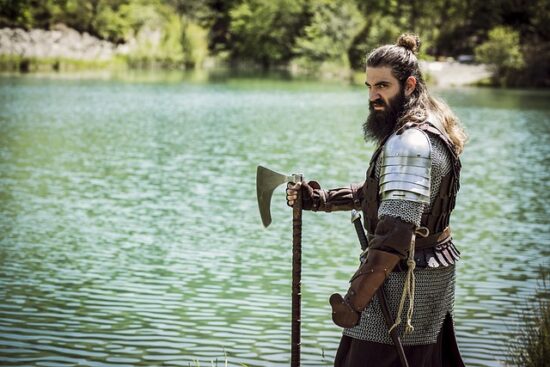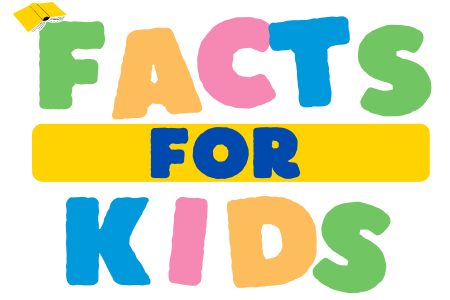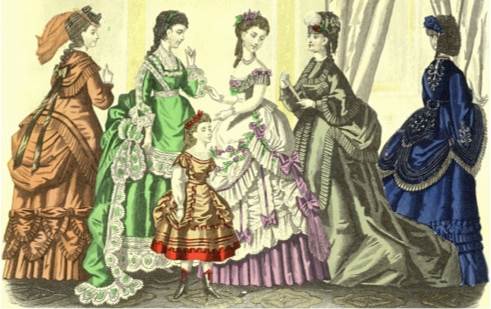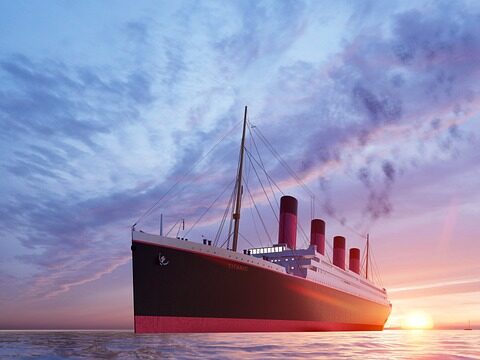Vikings were the group of people who used to speak Old Norse language. They were seafarers and lived in Scandinavia. They attacked and explored many regions of Asia and Europe during a period of three centuries starting from 8th century to 11th century.
Hometown of Vikings: Scandinavia
Greatest Viking Leader: Cnut The Great
Time Period of Vikings’ Growth in Years: 273
Time Period of Vikings: Viking Age
Arrival of Vikings: June 8, 793 A.D.
Downfall of Vikings: September, 1066 A.D.
Viking
- Viking is a specific word that is used for that group of people who set off for Viking journeys.
- A Swedish philosopher and historian named Erik Gustaf Geijer of the 19th century wrote a rhyme called ‘The Viking’. The term ‘Viking’ became famous after this poem.
- The Byzantine Greeks and the Arabic-speaking peoples called them by the name of Rus’.
 The Germans know them by the name of Ascomanni.
The Germans know them by the name of Ascomanni.- The time period between June 8, 793 A.D. and September 1066 A.D. is called Viking Age. It is during this period that Norsemen of Scandinavia discovered Europe. Therefore, it is a very important phase in the Scandinavian history that shows how Vikings expanded their authority.
- The leader of the Vikings during the 9th century who attacked England was named Bagsecg. He was commonly known as a ‘King’.
- The king of the North Sea Empire (1016 – 1035) known as Canute was perhaps the greatest Viking leader of all time. He is known as ‘Cnut the Great’. The North Sea Empire comprises of countries like Norway, Sweden (not all but few regions), Denmark and England.
Learn more: England Facts for Kids
It is commonly believed that Viking soldiers used to carry helmets that have horns on top of them. However, it is not true and no evidence supports this assumption.
Ships
- They built large ships made of wood and explored many parts of Europe and North Atlantic. These vessels were known as Longships.
- One of the ships used by Vikings for business purposes (like for carrying of large number of goods) is called Knarr.
- During 1960s, five undamaged vessels used by Vikings were dug out from Roskilde Fjord, Denmark.
- Vikings were normally not that much educated people in that they did not leave behind a very large heritage of literature. However one thing is for sure; they were certainly familiar with alphabet and wrote down on large raised stones called Runestones. There are thousands of runestones that show their writings.
- Vikings knew art of reading and writing. They used an unusual alphabet in their writing known as Runor.
- Most of the runestones are discovered in Sweden having inscriptions on them. They were probably written in the 11th century.
- The oldest runestone is now discovered in Norway with runic inscriptions on it. This rune belonged to the 4th century.
- The runestones that belonged to the 10th century and are very large in size are called Jelling Stones. They are discovered from the village in Denmark called Jelling.
More Facts
- Archaeologists have found out that Vikings used to eat the seeds of certain vegetables like brassicas, parsnip and carrots.
- Vikings that lived in England (York) were fond of eating beef and mutton. Archaeologists also found evidence of eating meat of horse.
- Vikings loved playing sports too. Some of the sports they played were wrestling, stone throwing and stone lifting. Swimming was also a famous sport among Vikings. In winter, ice skating and skiing were favorite sports. Besides this, if you’re fond of roller skating, then we would definitely suggest you to check this site for a great variety of skates that are low in price.
- They were fond of playing various musical instruments including lutes, fiddles and harps.
- It was a tradition for all Norsemen to have weapons and other military hardware with them even when there was no fight.







